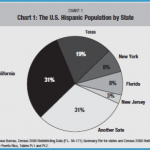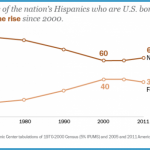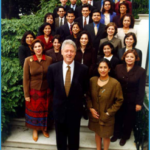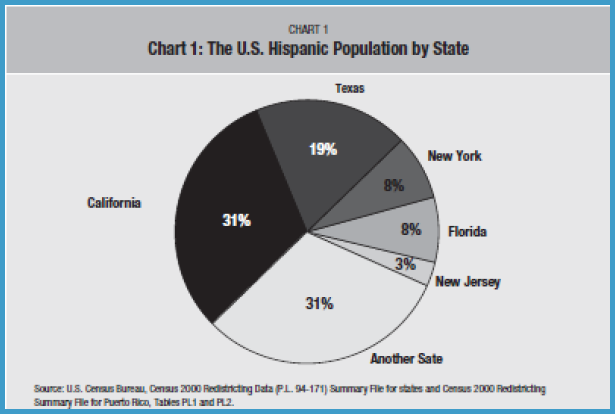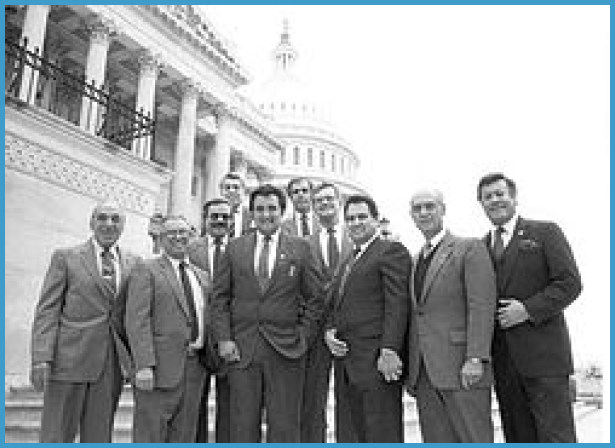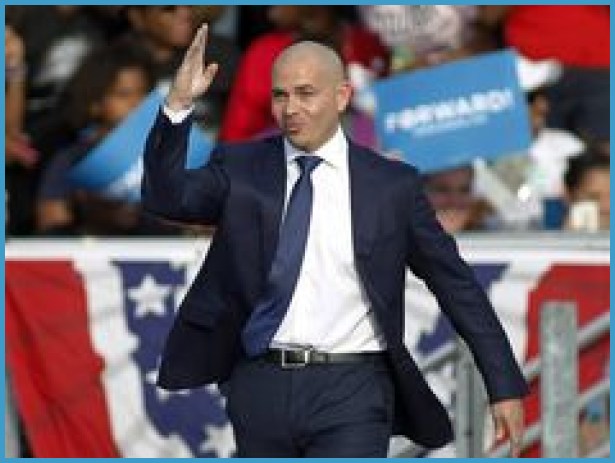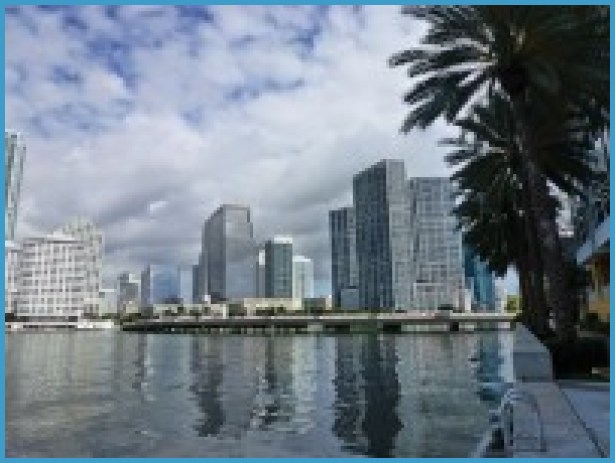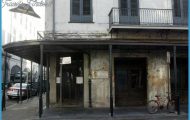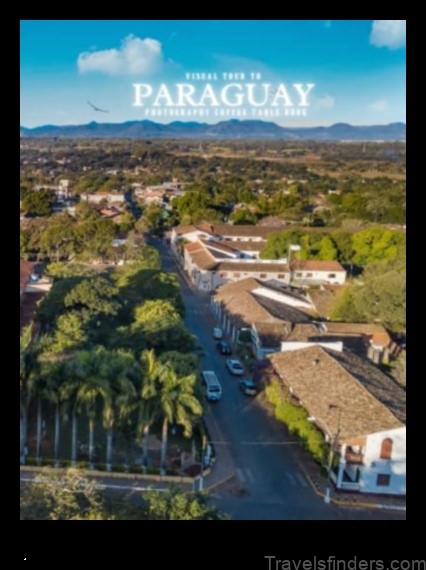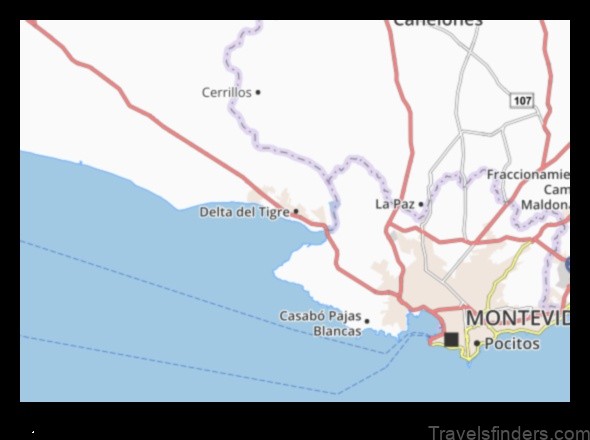Menendez de Aviles, Pedro (1519-1574). Born in Aviles, in Asturias, Spain, Menendez de Aviles came from the Spanish nobility and made a name for himself as a formidable naval officer. In 1554 he commanded the fleet that brought Phillip II to England to wed Queen Mary. By the 1560s he was operating as a commander in the Spanish transAtlantic military fleet system between the Americas and Spain. True to medieval and colonial methods of conquest, Menendez de Aviles (not without some opposition and political troubles) was granted the title of adelantado of Florida. This meant that he would front the capital for the venture of conquest and colonization of Florida in the name of the Crown in exchange for a share of the spoils and potential title of nobility.
On August 28, 1565, he founded St. Augustine as the first successful permanent Spanish settlement in Florida. He also encouraged Catholic missionaries to come to Florida as part of the Hispanization project. Although the long-term success of St. Augustine was mixed, Menendez de Aviles was important as the first successful colonizer of Spanish Florida. Also, his project fell in line with traditional approaches to colonization by the Spanish. Rather than being funded by a royal army or Crown-sponsored force, Spanish colonization efforts in the Americas were privately funded affairs, and Menendez de Aviles’s approach to conquest as a means of social advancement and financial gain fell within this cultural pattern.
Martinez Ybor, Vicente (1820-1896). Born in Valencia, Spain, Martinez Ybor moved to Cuba and became involved in the cigar-making business. He became quite successful,
but in 1869 a revolution against Spain led him to leave Cuba for Key West.22 He had a cigar factory there, but a fire destroyed it in 1880. He left Key West for Tampa shortly thereafter. In 1885 he purchased several city blocks of land on the outskirts of Tampa. He bought a cigar factory and developed a large cigar industry in Tampa. With the promise of steady work, many Spanish, Cuban, and Italian migrants came to Tampa to work in the cigar business or in the various satellite service industries spawned by the engine of the cigar industry.
Eventually the area where Martinez Ybor operated was named after him. It is a testimony both to his entrepreneurial spirit and to his role as the first leader of a Latino migration in modern Florida. Although the Latino community of Tampa-Ybor City would never rival that of Miami in later times, it is significant as a kind of foreshadowing of future migrations. Moreover, even during the nadir of Latino presence in Florida in the nineteenth century, the connections between Cuba and Florida were always very strong.
Ferre, Maurice (1935-). Born in Ponce, Puerto Rico, Ferre was the first Latino elected mayor of a major U.S. city in the modern era. Described by one historian as a revolutionary in pinstripes, he was mayor during some of Miami’s most tumultuous times between 1973 and 1985, having been reelected four times after his initial election in 1973.23 Ferre oversaw Miami’s transformation from Cuban exile enclave to Cocaine, USA, and was eventually consumed by the shifting ethnic lines of south Florida politics.
Ferre was from a wealthy family of politicians and construction company owners. He earned a bachelor degree in architecture from the University of Miami in 1957 and worked for his family’s concrete business. He ventured into politics (a Democrat) and was elected to the Florida legislature and Miami-Dade county commissioner in the later 1960s and early 1970s. He ran for and was elected mayor of Miami in 1973. Although eventually the rightward shift in Miami politics and the increasing political clout of Cubans would force him from office, Ferre is significant as the nation’s first Latino mayor of a major city.24
Ros-Lehtinen, Ileana (1952-). Born in Havana, Congresswoman Ros-Lehtinen came to Miami after Castro’s rise to power and was educated at Florida International University in Miami, receiving a BA in 1975 and an MS in 1987, and received an EdD from the University of Miami in 2004. The daughter of a prominent anti-Castro activist, Enrique Ros, Ros-Lehtinen has been at the forefront of the anti-Castro lobby in both the Florida legislature and U.S. Congress for over two decades as a Republican. She served in the Florida state legislature (1982-1986) and senate (1986-1988) before running for Florida’s 18th Congressional District in 1988, with future governor Jeb Bush as her campaign manager. She won the seat and has held it since then. When she was elected, she was the first Latina woman and first Cuban American elected to the U.S. Congress. Her candidacy was endorsed by the powerful anti-Castro activist Jorge Mas Canosa, who had once been head of the Cuban American National Foundation.
Ros-Lehtinen has been a consistent advocate of anti-Castro policies and has embroiled herself in several controversies concerning Castro over the years as a lawmaker. In the 1980s she lobbied for the pardon and release of Orlando Bosch, who had been implicated in the bombing of Cubana Flight 455 in 1976, which killed 73 people. She
organized a Free Orlando Bosch day in her efforts. Recently, in 2006, the documentary 638 Ways to Kill Castro was released by BBC, and in it Ros-Lehtinen twice openly called for the assassination of Castro. When pressed in various interviews, she denied having said this; the director released the full interview transcripts that clearly showed the congresswoman calling for the assassination of Castro. Ros-Lehtinen beat a hasty retreat but insists that her fundamental position is just.
Ros-Lehtinen has been consistently one of the most militant supporters of anti-Castro policies and one of the tireless advocates for regime change in Cuba. She operates from a powerful base of both political and popular support in Miami; in 2006 she was reelected to her seat with 62 percent of the district’s vote. It is not clear what her future goals are, but she is an important voice for anti-Castro politics and is symbolically important as a Latina political leader of the right.
Estefan, Gloria (1957-). Born Gloria Fajardo in Havana, the now famous singer was a daughter of the Batista Cuba elite. Soon after her second birthday and shortly after Castro took over in Cuba, her family fled Cuba and came to Miami. When she was 18, she met her husband Emilio Estefan, whose family name she took at a wedding party. She joined Emilio’s band, which would change its name to the Miami Sound Machine. They were married in 1978 and soon became one of Miami’s cultural power couples. Miami Sound Machine produced some of the most memorable disco music of the late 1970s and early 1980s, and in 1984 the band produced its first English-language album. Shortly thereafter the band released Primitive Love, which sold over 3 million copies in the United States and established Gloria and the Miami Sound Machine as bona fide stars.
Through the 1980s Estefan’s star rose along with spectacular record sales, but in 1990 her tour bus crashed and she suffered severe injuries, which required a year of recovery and physical therapy. She made a comeback and through the 1990s established herself as one of the United States’ premier Latina vocalists. She has won five Grammy Awards, among others, and has produced both Spanish- and English-language albums to critical and popular acclaim. In addition to her musical activities, she has become active as a restaurateur in Miami and a member of the Board of Directors of the University of Miami. Significantly, Estefan in many ways paved the way for the so-called Latin explosion in North American pop music made notable by the work of Ricky Martin, Shakira, and Jennifer Lopez. She is also noted for having helped create what is now known as the Miami sound, or the Miami Latin sound, a particular fusion of disco, Latin, and dancehall styles.
Cantero III, Raoul (1960-). The grandson of former Cuban dictator Fulgencio Batista, Cantero was appointed the first Latino on the Florida State Supreme Court by then governor Jeb Bush in 2002. Appointed as a strong conservative by Bush, his tenure on the court was intended to blunt what Bush and Cantero saw as judicial activism on the bench. Although prior to his appointment he had not served as a judge, he was known to have strong views on topics such as abortion. In 1993 he wrote a letter to the editor of the Miami Herald in which he said that abortion kills children. He also weighed in on the Orlando Bosch case. In 1989 Cantero said on a Miami radio talk show that Bosch was a Cuban patriot.25
Cantero was born in Madrid in 1960 after his parents (his mother is Batista’s daughter) left Cuba in the wake of Batista’s fall and Castro’s rise to power. His family came to
Miami soon thereafter, in 1961.26 He proved to be a brilliant student, graduating summa cum laude from Florida State University in 1982 and cum laude from Harvard Law in 1985. He served as a law clerk for Justice Edward B. Davis of the United States District Court for the Southern District of Florida. He worked in the appellate division of the Miami law firm Adorno and Yoss and was active in several bar association panels and committees, as well as community organizations such as the Coral Gables Planning and Zoning Board, serving as its president at one point. Being named to the State Supreme Court at the age of 41, he is poised to become an influential jurist and has been mentioned as a possible U.S. Supreme Court nominee, though he was recently passed over for this distinction in favor of Samuel Alito. In any case, Cantero’s Florida court appointment is significant on numerous levels. He is the first Latino Supreme Court justice of Florida and, like Ileana Ros-Lehtinen, he symbolizes the rise of prominent Cubans to high-profile positions of political power.
Ayala, Jorge Rivi (1964-). Born in Colombia and raised in Chicago after age 11, Ayala went on to become one of the Medellin cocaine cartel’s principal assassins in Miami in the 1980s, acting as the personal bodyguard and favored hit-man of Griselda Blanco, a major cocaine operator for the Medellin cartel in 1980s Miami.
The TV show Miami Vice and the movie Scarface made cocaine and Miami synonymous on the national stage, but beyond the lascivious stereotyping of Miami Latinos as drug-dealing murderers and money launderers, there was, in the end, quite a lot of cocaine trafficking, murder, and money laundering in Miami in the 1980s. Entire Miami City Police Academy classes did get arrested, and Miami mayors were indicted on corruption charges. At the center of this was a multibillion-dollar cocaine industry centered in Antioquia, Colombia, overseen largely by the Medellin cartel. Ayala came to Miami as a noted car thief from Chicago, and he had a reputation for fearlessness. His reputation quickly gained him entry into the world of organized crime and the cocaine trafficking industry of Miami. He was the enforcer of Griselda Blanco and is, by his own admission, responsible for several murder-assassinations on Blanco’s orders.
Long known in Miami in the world of organized crime and investigative journalism, his story resonates as a real-life Scarface. Some may view him as a kind of worst-case stereotype of drug-trafficking Colombians, but there can be no underestimating his role in the transformation of Miami in the 1980s as the United States’ most dangerous city and as a city built with billions of dollars of cocaine and laundered money. Eventually, the drug trafficking through Miami was compromised by law enforcement efforts; now travels principally across the U.S.-Mexican border, but in Miami in the 1980s, Rivi was the man to be reckoned with in what was, at the time, Miami’s single largest source of income: Colombian cocaine.

